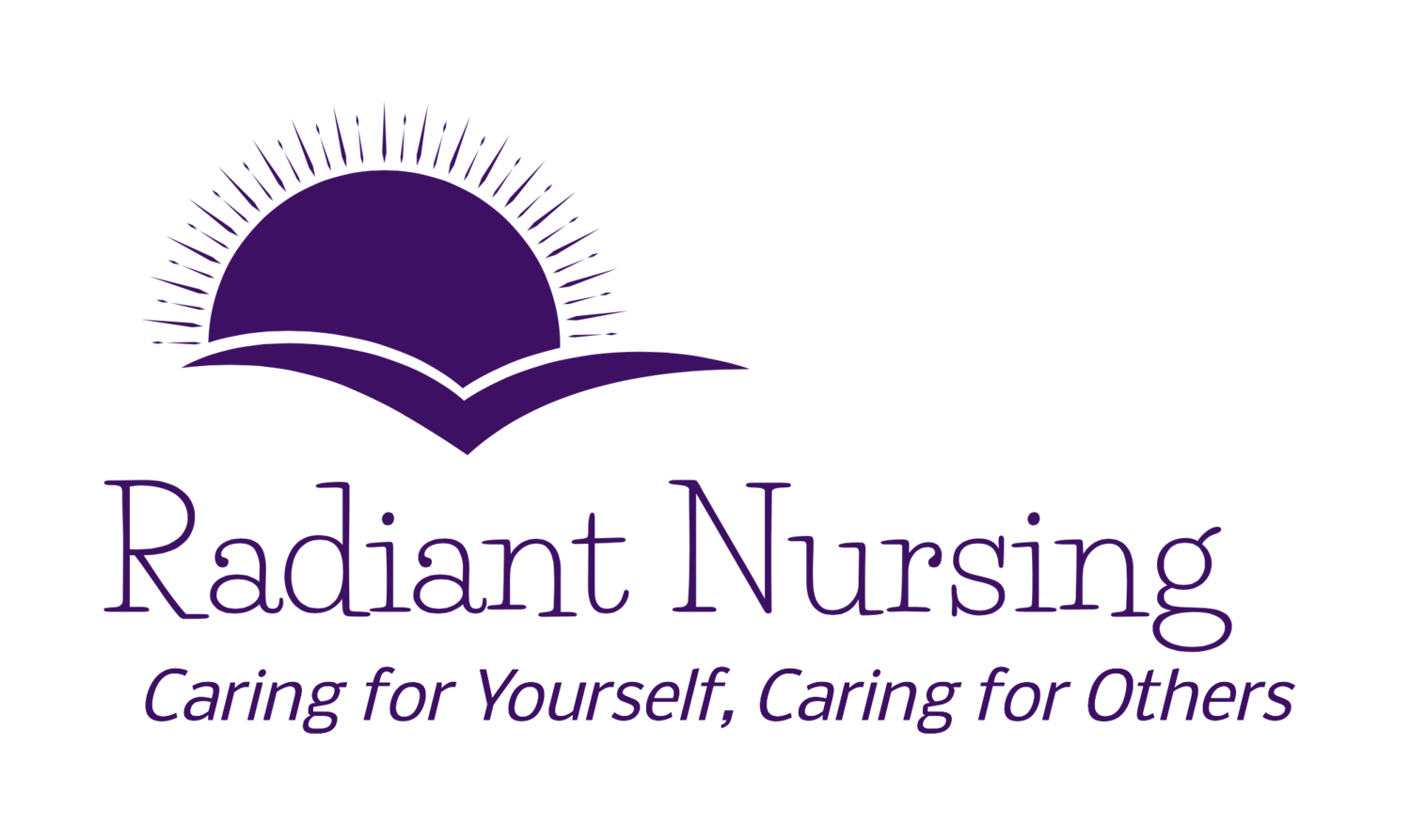My Country 'Tis of Thee
/Sweet Land of Liberty
The Fourth of July is a holiday in the United States of America, and we're celebrating the birth of our nation.
Samuel Francis Smith penned the lyrics to My Country 'Tis of Thee in 1832. A 24-year-old student of theology, Smith wanted to create a national hymn for the American people to offer praise to God for their wonderful land.
This song served as the unofficial national anthem for the United States until the adoption of The Star-Spangled Banner in 1931.
Fourth of July Holiday
We're a young nation with a relatively short history compared to many other countries.
This nation's birth was only a short 240 years ago, in 1776. We're the brash newcomers making a splash and letting everyone know we're here.
The Fourth of July is a federal holiday and that gives us time to wave lots of flags. We line the streets for parades, gather outside for cook-outs and picnics, and join family and friends to watch fireworks at night. Bring out your patriotic red, white and blue!
Patriotism And Loving Your Country
What is patriotism?
“Patriotism is an emotional attachment to a nation which an individual recognizes as their homeland.
This attachment, also known as national pride, can be viewed in terms of different features relating to one’s own nation, including ethnic, cultural, political or historical aspects.”
“The English term patriot is first attested in the Elizabethan era, via Middle French from Late Latin (6th century) patriota, meaning “countryman.”
This ultimately came from Greek πατριώτης (patriōtēs), meaning “from the same country,” from πατρίς (patris), meaning “fatherland.”
The abstract noun patriotism appears in the early 18th century.”
Red, White And Blue
In the United States, if you're wearing a patriotic outfit, it's got red, white and blue in it. Decorations, same thing.
Not that these colors are unique to the Americans. We share these colors with the French and the British. Their flags are also red, white and blue. However, the French describe their colors as blue, white and red, changing the order so the color blue is listed first.
Patriotism can also be service to one's country and fellow countrymen. It can take the form of serving in the military or working in other service organizations.
This idea is captured in the famous words of President John F. Kennedy.
“And so, my fellow Americans: Ask not what your country can do for you, ask what you can do for your country.”
Loving Your Country, Loving Other Countries
Many people have countries that they call "home" and they share a love for their own countries. It's okay to love our countries. It's okay to love other countries, too.
Loving our own country, doesn't limit us from loving others. Our hearts are wide and open to love our whole planet and the many expressions of our cultures and countries.
I like to refer to other places that I love, countries where I am not a passport-carrying citizen, as heart homes. I have quite a list of heart homes. I wish it were possible to live in many places all at the same time.
Enjoy your red, white and blue holiday!






